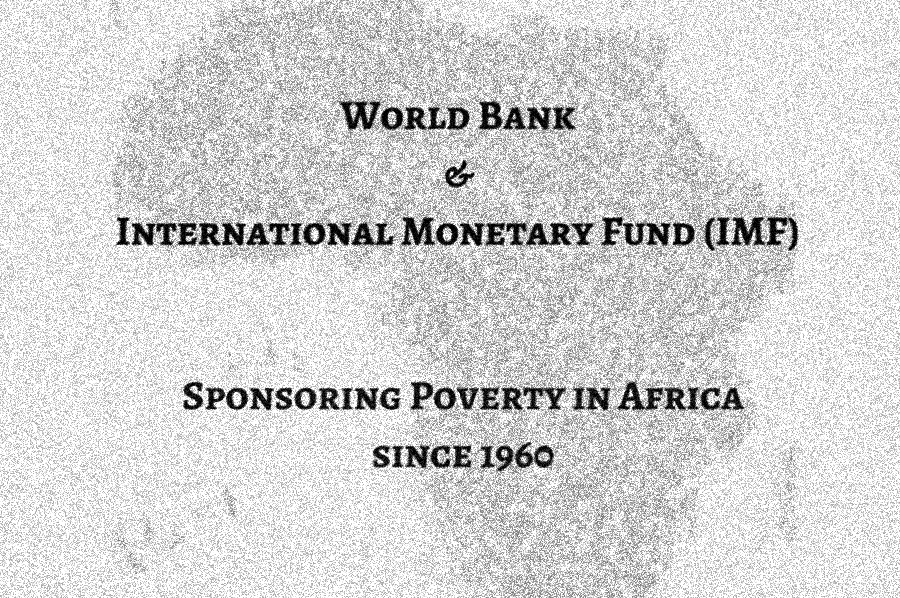Sponsoring Poverty: World Bank & IMF Structural Adjustment Programs from 1990

Many years after independence, many African countries had accumulated large amounts of debt that often exceeded their Gross Domestic Product (GDP). By 1990, the total debt carried by African countries was about $135 billion. Most of what countries were borrowing during this time was used to service other loans borrowed in the previous decade. Many African countries could no longer directly borrow from banks so the World Bank and IMF created loan programs that often came with very harsh conditions. These loans were packaged as Structural Adjustment Programs.
Structural Adjustment Programs
Although the World Bank and IMF disguised these programs as aid for African countries, they were created to aid commercial banks in recovering the money they had loaned to African governments. Most of the loans made under SAP were used to service debts owed to commercial banks, governments and the World Bank and never really benefitted Africans.
African governments were required to do the following:
- Devalue their currencies so that exports would be cheaper
- Increase resources available for cash crop agriculture and therefore less for food production
- Cut public sector employment
- Cut social services and subsidies
These reforms were actually designed to aid western countries. Allocating more resources to cash crops compromised food production and is probably related to some of food shortages that are faced in some countries. Devaluing their currencies made imports cheaper and weakened the local industries. Western countries were now able to sell more of their goods in Africa but at the expense of the local industries. Devaluing their local currencies also meant that locals who produced goods were now getting less for them which lowered their income and created more poverty. Cutting social services like access to healthcare and education also meant that African countries were not able to invest in their human capital which has long term ramifications that are still experienced today.
By the late 1990s, most countries that has implemented the World Bank and IMF sponsored Structural Adjustment Programs were experiencing negative GDP growth per capita. The term “Structural Adjustment Program” has gained such a negative connotation that the World Bank and IMF launched a new initiative, the Poverty Reduction Strategy Initiative, and makes countries develop Poverty Reduction Strategy Papers (PRSP). While the name has changed, the World Bank is still forcing countries to adopt the same types of policies as SAPs.
Therefore, it is always baffling why Africans continue to trust the World Bank and IMF when it is consistently evident that their policies are meant to impoverish the African people.
Read the original article on globalblackhistory.
By Samantha Johnas